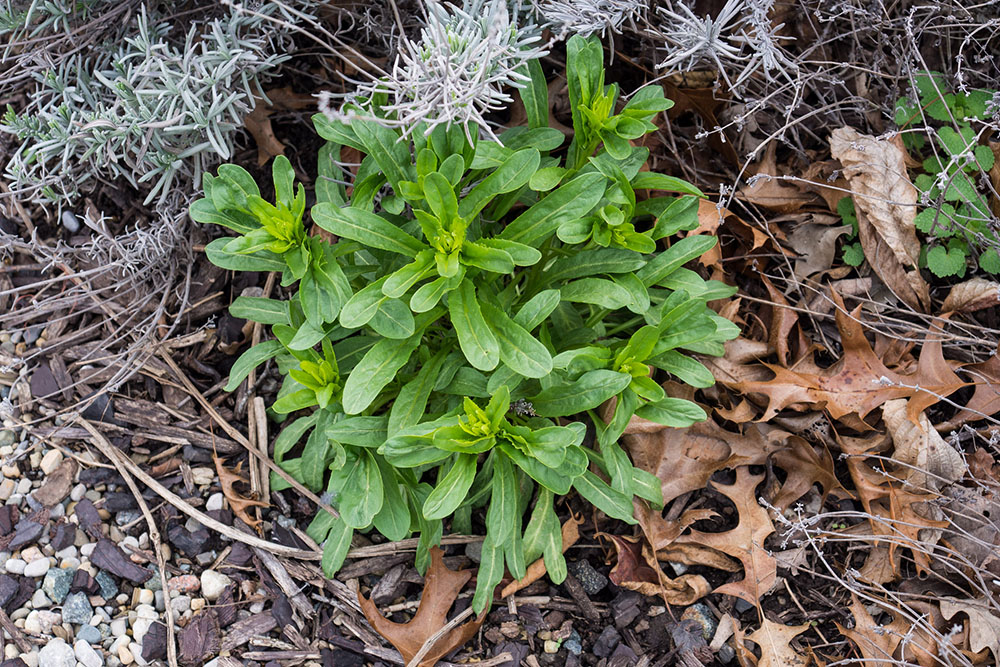
Cover Crops and the Forever Green Program
Governor Mark Dayton recently pledged to make clean water in Minnesota a priority for the remainder of his term. As a part of this pledge, he introduced a buffer bill last year that would help to reduce toxic runoff from farms into Minnesota’s waterways. These buffers, planted alongside the edges of farmland, help to trap pollutants before they ever reach the water. Like buffers, cover crops are an essential tool in protecting water quality while simultaneously offering a host of benefits to farmers.
Cover crops act in a similar way to vegetative buffer strips. Most cover crops are grasses, legumes and perennial wildflowers that are planted on cropland when the soil would otherwise be bare.
There are three main environmental benefits of cover crops:
- The extra vegetation helps reduce wind and water erosion.
- The additional organic matter opens up the soil structure, allowing more water in and reducing runoff. It also stores significant nitrogen for use by the next crop, and enhances overall soil fertility while reducing the need for excess synthetic fertilizers.
- Finally, it helps protect groundwater quality by soaking up excess nitrogen.
The advantages farmers gain by using cover crops often depends on the specific circumstances surrounding their individual farms. This means that some farmers may want to plant grasses during the off season to prevent wind and water erosion, while others may utilize certain cover crops’ ability to outcompete weeds.The majority of cover crops are planted in early spring and late fall when the traditional cash crops are out of season. Thus, other than the added challenges to crop management, farmers have little incentive not to utilize them.
The uncontroversial nature of cover crops in Minnesota has led to widespread support from Republican and Democratic legislators, as well as agricultural interests and environmentalists. This ultimately led to the Forever Green Initiative, an effort “to incentivize farmers to plant perennials and cover crops… [with] a strong emphasis on addressing the economic barriers that have existed, as well as partnering with rural communities, policymakers and businesses to take a more holistic approach."
Many hope that this initiative will have a positive impact on Minnesota’s future ecology and economy. In fact, the Minnesota legislature recently appropriated nearly 1 million dollars to the Forever Green Initiative in 2015 and there are bills in both the House and the Senate to fund Forever Green with nearly 1.5 million dollars annually in 2016 and 2017.
In order to achieve clean water goals in Minnesota, we need to use all of the tools in our tool box. Clean Water Action will be advocating for continued funding for the Forever Green Initiative and more living cover on Minnesota’s cropland. And much like the diversified landscape we hope to achieve, we will be pushing for other programs to get us to our goals including more buffers, better fertilizing practices, more plant diversity on the land, and other best management practices to make sure we are tackling the issue of clean water from all available avenues. When we use all of these tools and enforce the protections we already have in law, we will realize a time when all of our waters in Minnesota are suitable for drinking, swimming, and fishing.
